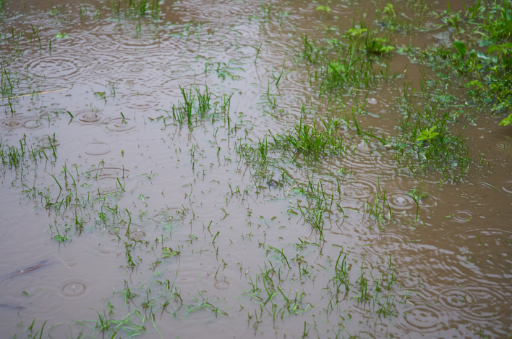
“Oh no!” You step off the last stair into your basement, and you feel the water ooze from the carpet beneath your feet. The rain from the thunderstorm swirling around your house is seeping from the ground into your foundation. How can you protect your home from flood damage when you live in a flood prone area? It’s crucial you install and maintain a sump pump in your home.
Flood damage can prove costly, not only to your house and furnishings, but also to you and your family’s health. According to FloodSmart.gov, published by the Federal Emergency Management Agency (FEMA), 12″ of water in a 2,500 square foot house can leave more than $72,000 of damage.
Floods can buckle floors or roofs or crack foundations, not just damage or destroy appliances and furnishings. Mold can begin to grow on damp surfaces within 72 hours. These fungi release spores into the air, threatening the health of individuals with mold allergies or who suffer from lung ailments such as asthma.
A sump pump is the crucial first line of defense against flooding. A sump pump sits in a pit or basin in the lowest part of a basement or crawl space. Water soaks the ground around your home and flows into the sump pit through special drains. As the water in the pit rises, it encounters a float connected to the pump. When the water reaches a threatening level, the float signals the pump to remove the water and pump it away from the foundation.
These critical pumps are powered by electricity. Unfortunately, power outages often accompany spring storms. You should consider installing a battery backup pump that can continue to protect your house during a power failure.
If you live in a flood prone area, you need to protect your home and family from the devastation of a flood. Having an operational sump pump in your house is crucial.




